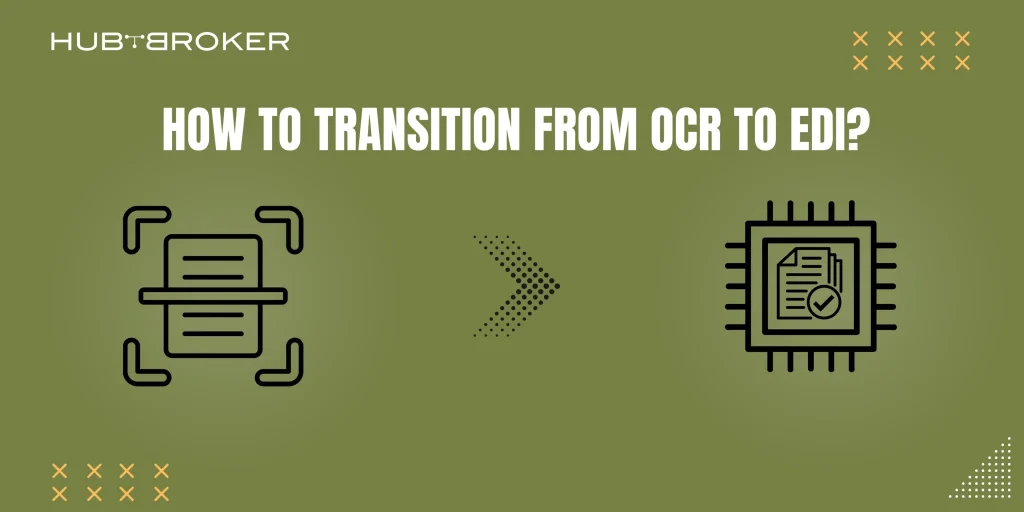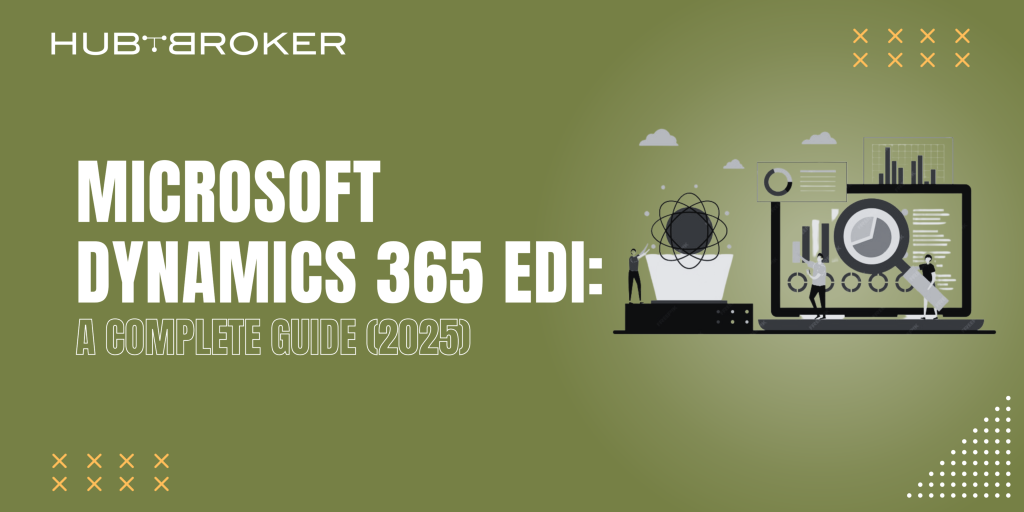Online sales make up a large percentage of total retail sales worldwide. Sales from online channels are growing so fast that the global online shopping market is expected to cross the 4 trillion mark by the end of this year.
The rise of online marketplaces has had a significant impact on consumer behaviour as well. Demand for products is now very much in line with dynamic trends, and such trends have become much more short-lived. Retailers & sellers are required to keep pace with this change to retain their customers as well as to capture new clients which is why more and more retailers & sellers are switching to drop-ship models.
Fulfilment via Drop-Shipping
Drop-ship also called Direct-to-consumer, is a fulfilment model that allows retailers to deliver products directly to their customers by shipping orders right from the suppliers. With this approach, retailers do not have to worry about maintaining products in their warehouses. They just purchase the product from a third party and ship it directly from there to the customers while not even handling or seeing the product during the entire process. Drop-shipping grants the sellers critical agility that allows them to react instantly to new trends & demand fluctuations by adding new products to their catalogue.
Drop-Ship with EDI
The order fulfilment process in the drop-ship model is very complex. The number of parties involved in the process is more starting from the seller, supplier, shipper/carrier and ending with the customer. Critical data is required to be transmitted between all the parties to ensure efficient execution of the process.
Electronic Data Interchange (EDI) helps automate the entire drop-ship process by allowing a reliable & dynamic exchange of information between all the trading partners while being compliant with the applicable standards & regulations. EDI facilitates the secure exchange of business documents, such as purchase orders, shipping notices, invoices, sales orders and receipts. This exchange of data with EDI ensures that the drop ship requests from the retailers are sent directly into the supplier’s ERP drop shipping system. The vital benefits of EDI in this process are
- Provides real-time visibility of inventory levels by exchanging inventory enquiry documents between trading partners.
- Importing orders from all the channels into a single platform.
- Efficient exchange of transaction documents such as purchase orders, purchase order acknowledgements, invoices, etc.
- Easy access to updates for all involved parties about order fulfilment progress via order status reports, shipment reports, etc.
Many parties benefit from successful EDI drop shipping setups — suppliers, distributors, brick-and-mortar stores, online stores, logistics companies, and more, across a wide range of industries. The time saved opens up possibilities for more sales and revenue.
The prime difference between a drop shipping model and the standard model of the retailer shipping its own goods is the company doesn’t stock or even own the product it’s offering. Instead, it purchases the item directly from a manufacturer or wholesaler as soon as the customer hits the “Place Your Order” button. EDI makes that happen instantly.
If this is something you’ve been thinking about to simplify your supply chain, look no further. Let Hubbroker’s EDI transformation automate your dropship process. Hubbroker’s shipping solution includes all the compliance that EDI requires such as EDI integration, invoice automation, PDF2XML, PDF2EDI, drop shipping, and delivery notes.
With an increasing number of retailers and e-commerce partners trying to lower their inventory storage costs and relieve some of the burden associated with fulfilment, Dropship arrangements with suppliers along with reliable EDI reliable offer a cheaper, efficient & easier solution. Contact us to learn more about our EDI services and how our solutions can be seamlessly integrated into your current system.
- By HubBroker ApS




